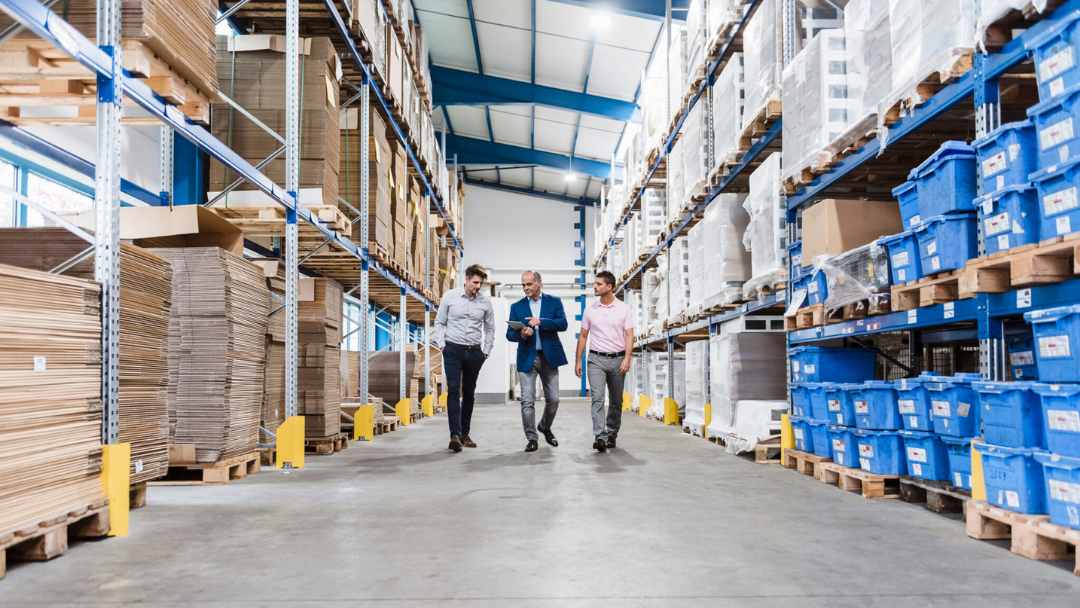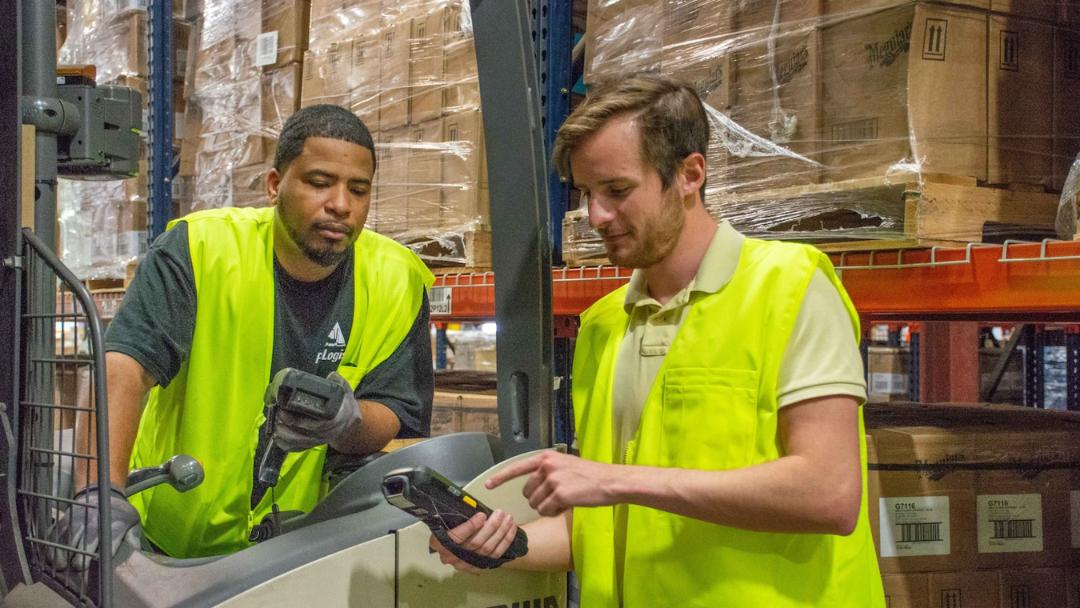The world is going digital. From “smart cities” to new phones, from automation to machine learning. There is not a single industry that has not been struck by the advancement of technology. In the manufacturing industry, the thought of advancing the manufacturing space to be more technical can be a frightening subject as it relates to job replacement. But the more education employers can offer to ease the minds of their employees, the better the transition will be as better tech is introduced.
Overcoming negative stigma
Businesses have some concerns about adding technology to their workforce for several reasons. Here are some of those concerns and how to overturn them into positives.
- Job loss: Unemployment is a common concern around introducing new technology; it will replace employees’ jobs over time. However, much of the technology is made to replace the mundane and repetitive tasks around manufacturing, making room for more high-powered, critical job opportunities.
- High initial cost: The initial cost of the automation technology could be a barrier to adding it to your repertoire of manufacturing machinery. However, as the pace of work continues to increase, the benefits will significantly outweigh the costs.
- Limited creativity: Limited space can seem like a concern as you roll in a new piece of equipment and can bring with it a perceived lack of processing time from one task to another. But, the increased productivity and a one-use setup that will save time greatly outweigh this concern.
- Environmental concerns: With additional fuel consumption, conserving energy can be a concern when your automation machine has a high input of power. There are several ways to create efficiencies around this technology and conserve energy. Certain machinery can be optimized as well to be more fuel-efficient.
Overall, new technology has the potential to optimize the supply chain. With connected technologies, businesses can improve how their customers enjoy and order their products. The supply chain can benefit from streamlined automation with automated dashboards that communicate from the ordering system to the warehouse. The result is better consistency because it can eliminate mistakes typical of human error.
Automation can reduce costs and improve quality. It can control the schedules and production lines without human intervention, creating more streamlined operations and improved employee retention.
The greatest improvement that automation can offer employees is a safer work environment. Machines can cover more dangerous work for employees to improve in more technical parts of their work.


